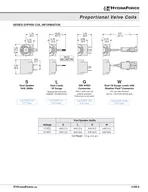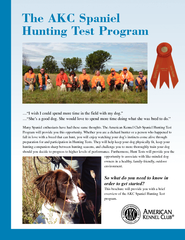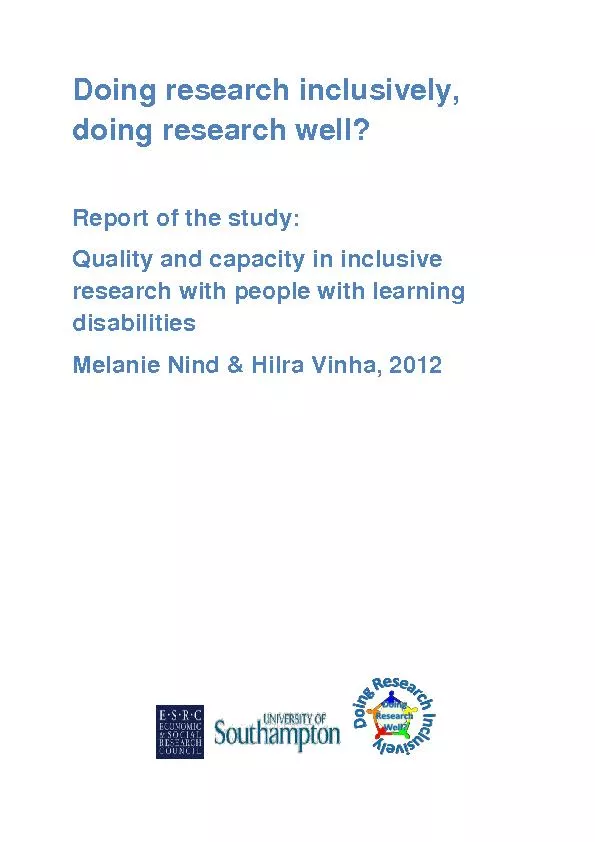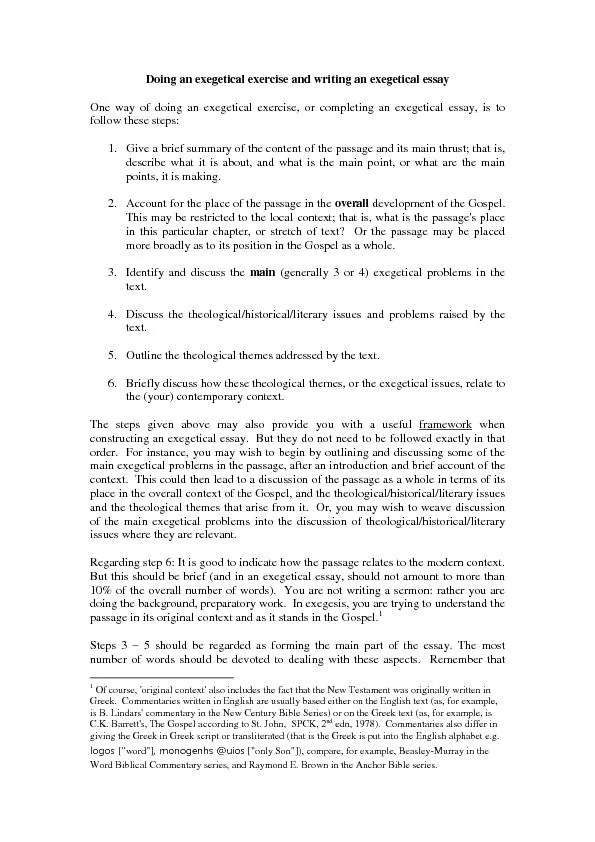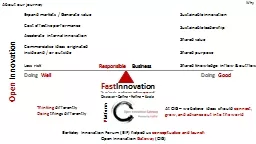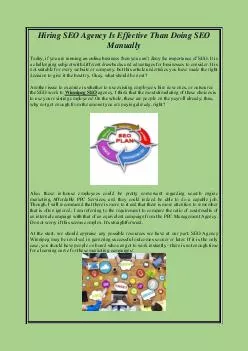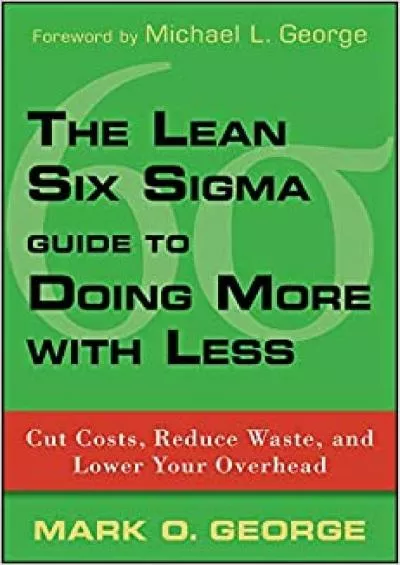PPT-Doing More with
Author : pamella-moone | Published Date : 2016-03-31
Less Student Modeling and Performance Prediction with Reduced Content Models Yun Huang University of Pittsburgh Yanbo Xu Carnegie Mellon University Peter Brusilovsky
Presentation Embed Code
Download Presentation
Download Presentation The PPT/PDF document "Doing More with" is the property of its rightful owner. Permission is granted to download and print the materials on this website for personal, non-commercial use only, and to display it on your personal computer provided you do not modify the materials and that you retain all copyright notices contained in the materials. By downloading content from our website, you accept the terms of this agreement.
Doing More with: Transcript
Download Rules Of Document
"Doing More with"The content belongs to its owner. You may download and print it for personal use, without modification, and keep all copyright notices. By downloading, you agree to these terms.
Related Documents


